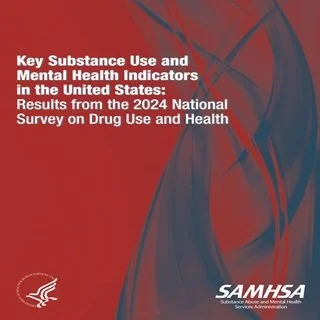By Brian Taehyuk Keum, Lianne Wong & Jung Yun Na
Social media is a major vehicle that can facilitate people’s exposure to gun violence and polarized attitudes that favor gun ownership, yet little research has examined how such exposure affects people’s mental health in today’s digital era. To advance empirical research in this area, the current study developed the Gun Violence on Social Media Scale (GVSMS) using best practices in measure development. Items were developed via a literature review, a survey of social media platforms, and an expert review. Exploratory (N = 277) and confirmatory (N = 241) factor analyses yielded a 2-factor structure with the following subscales: (a) Gun Violence Content (4 items); mediated exposure to gun violence through social media content, and (b) Pro-Gun Attitudes (3 items); exposure to polarized pro-gun attitudes on social media. The initial psychometric properties of the GVSMS were adequate. Internal consistency estimates were adequate, and construct validity was established with positive associations with other gun-related measures, negative mental health outcomes (depressive, anxiety and trauma symptoms), and non-significant associations with impression management. Implications for research practice are discussed.
Journal of Aggression, Maltreatment & Trauma



